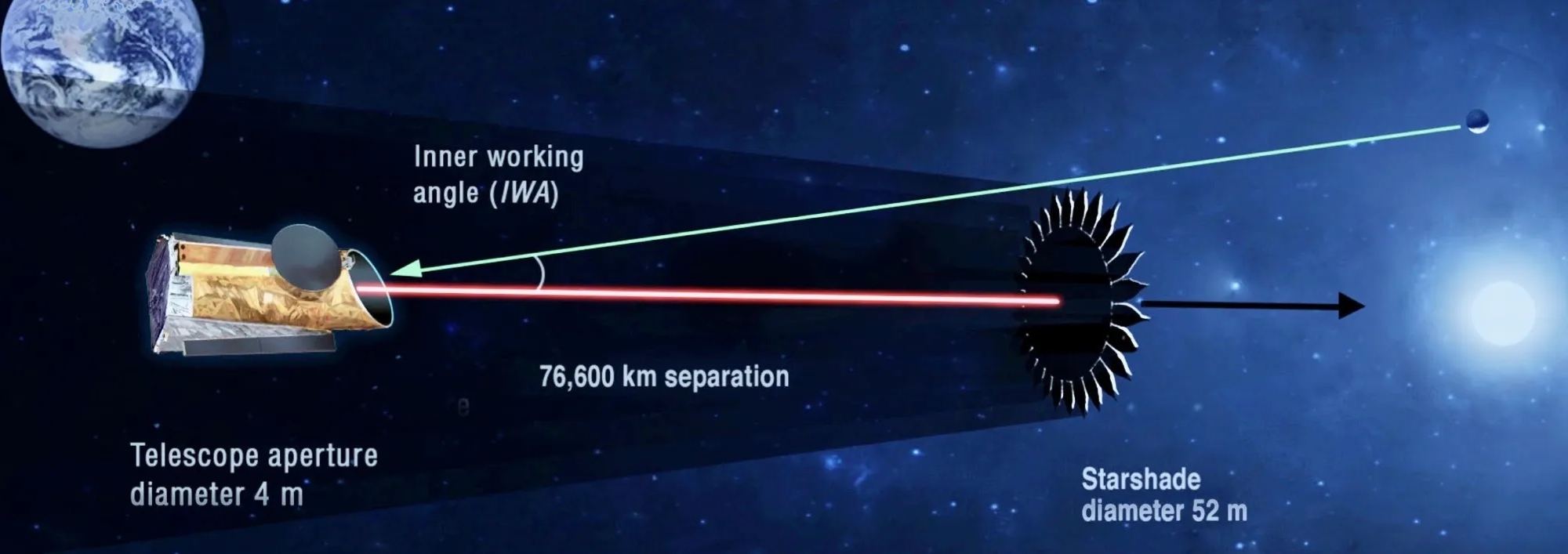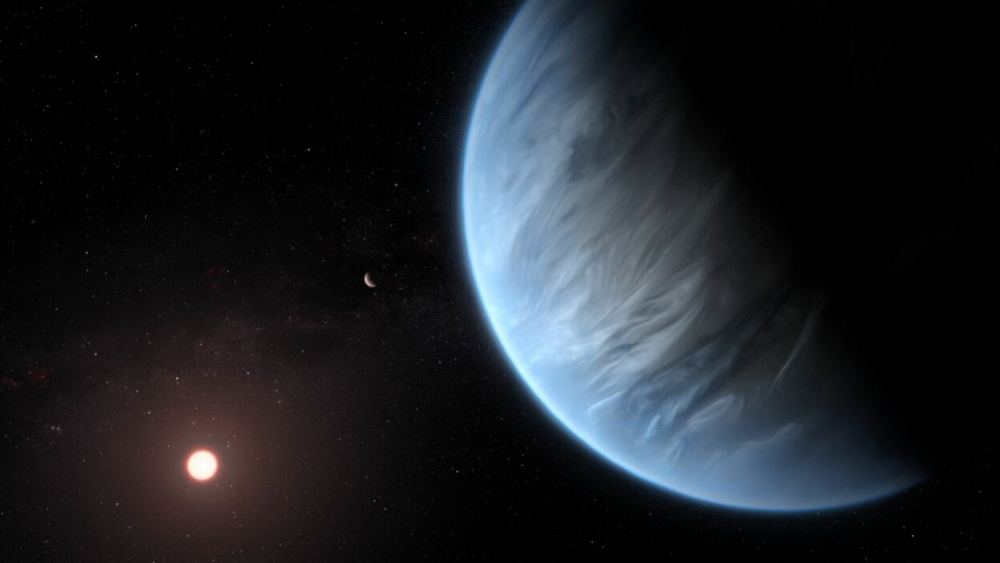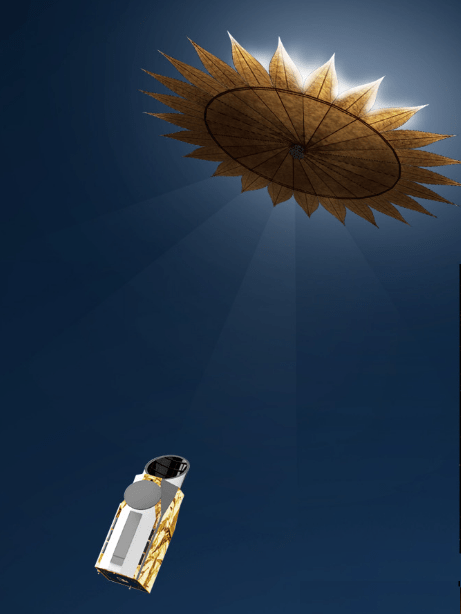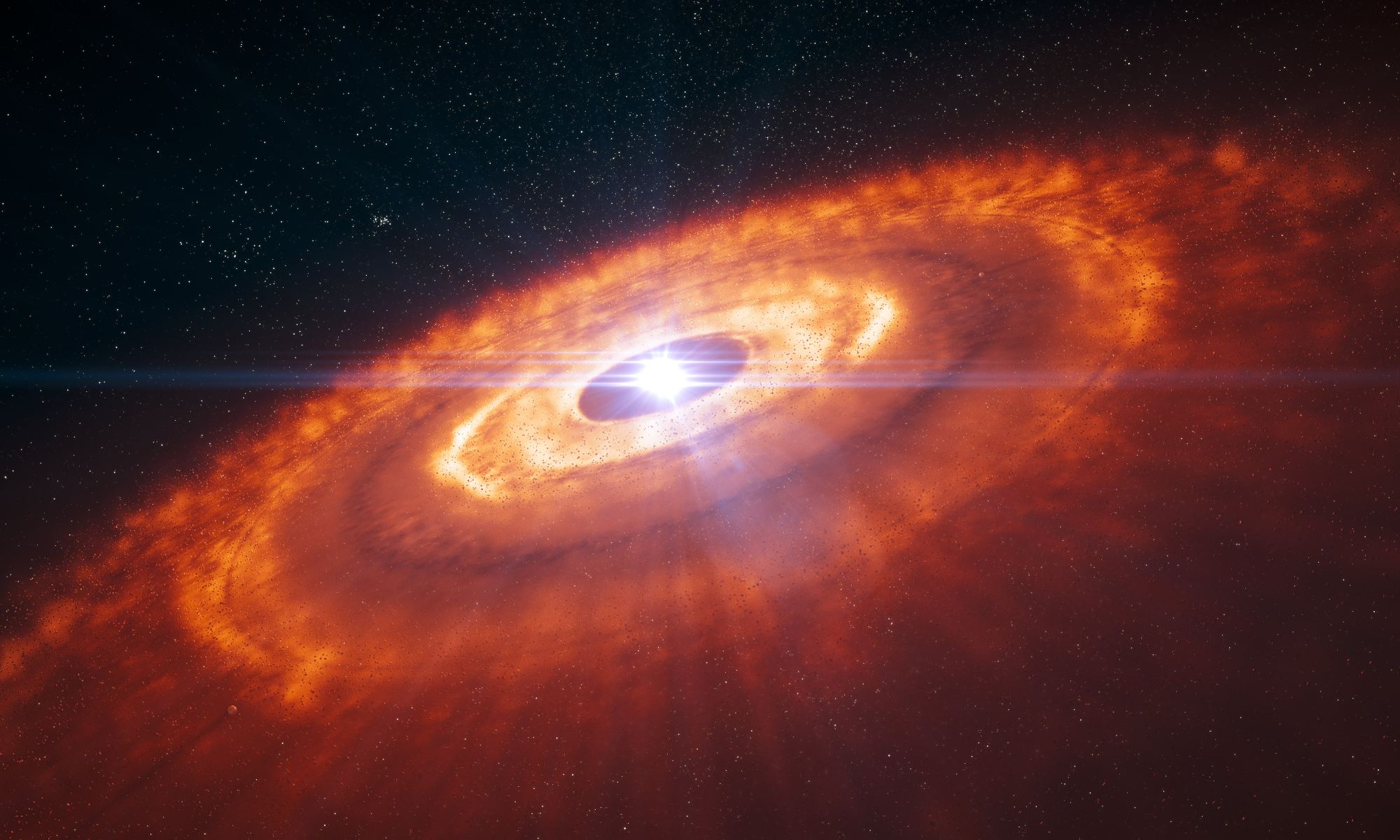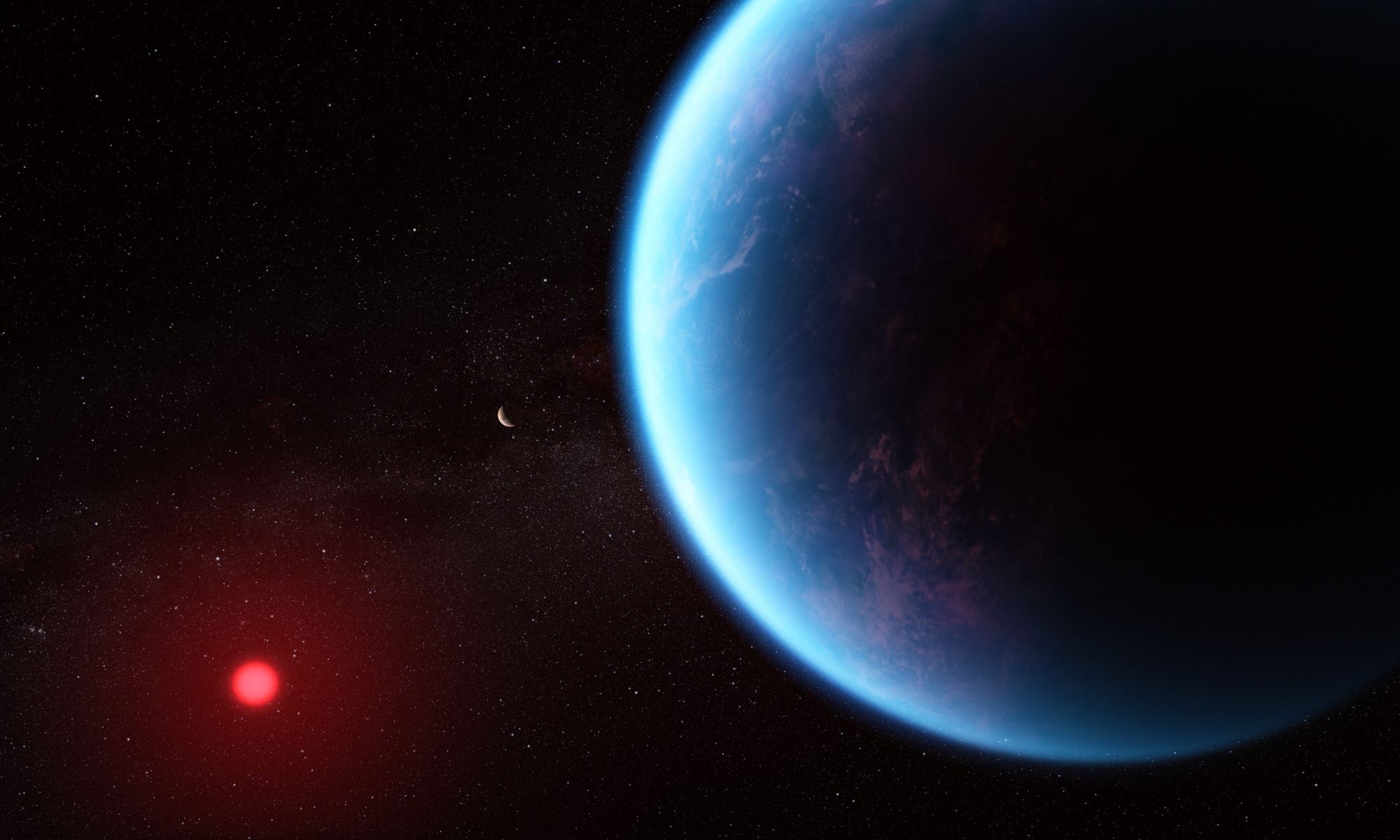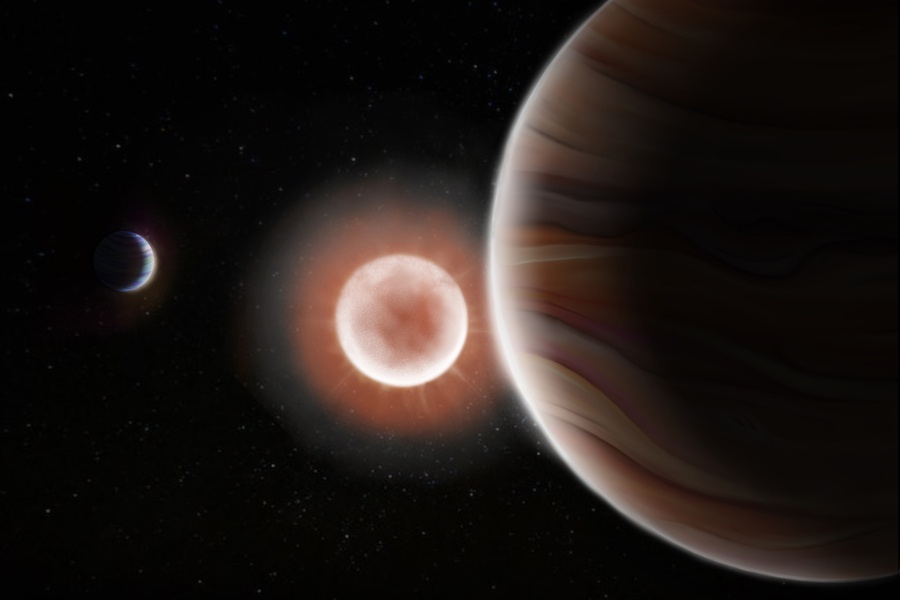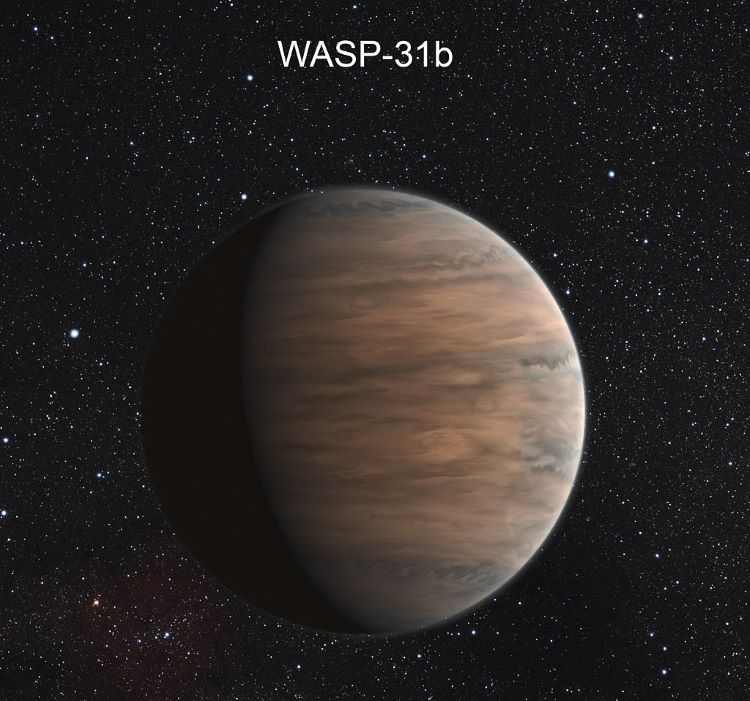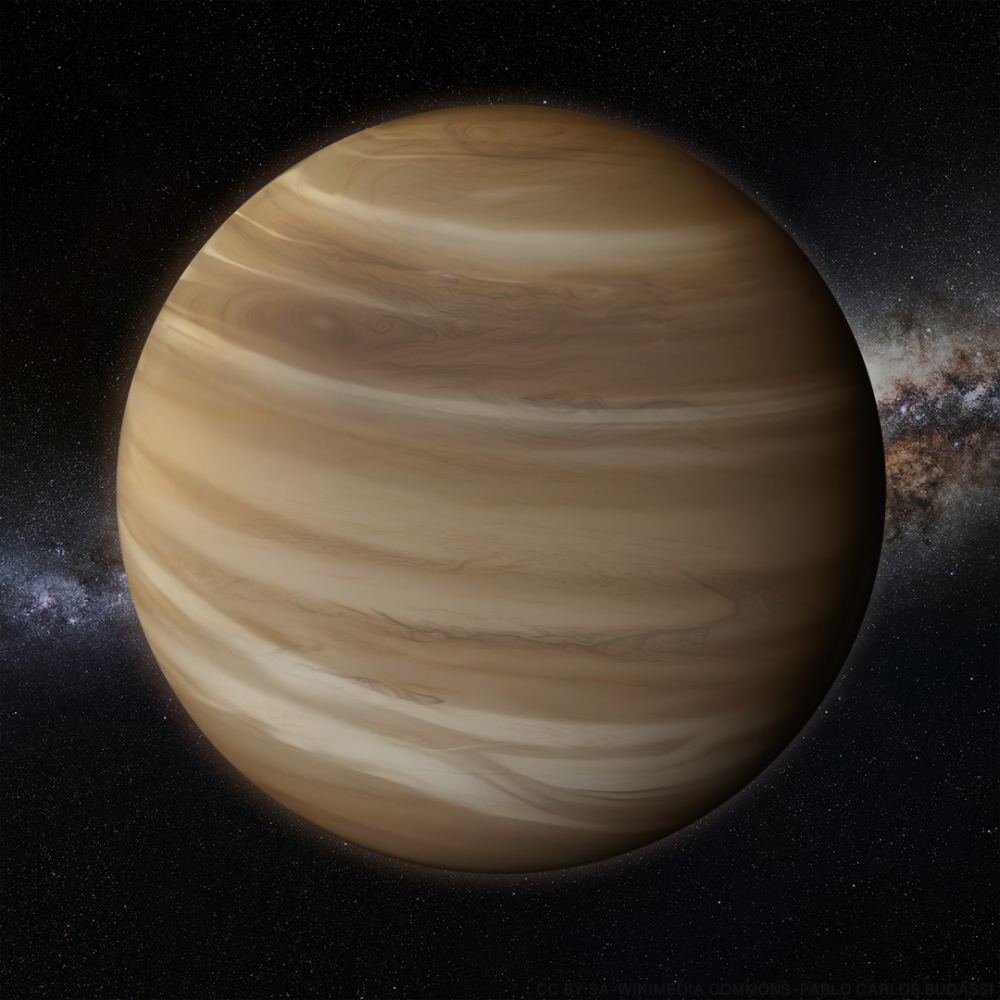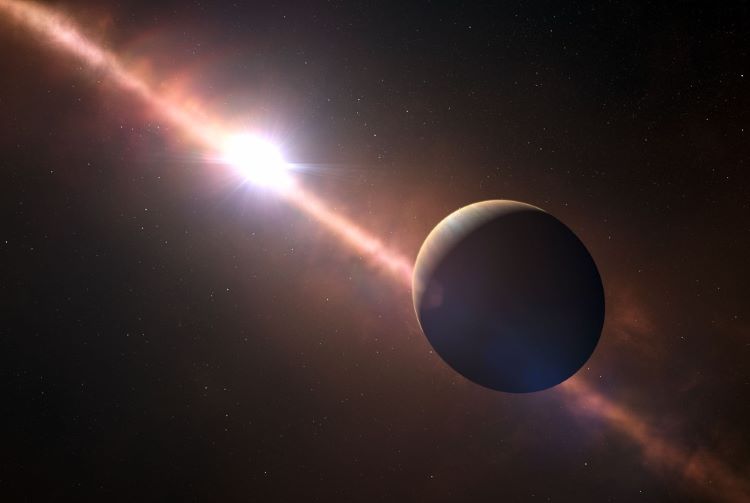Searching for exoplanets is incredibly difficult given their literal astronomical distances from Earth, which is why a myriad of methods have been created to find them. These include transit, redial velocity, astrometry, gravitational microlensing, and direct imaging. It is this last method that was used to recently create a time-lapse video that compresses a mind-blowing 17 years of the partial orbit of exoplanet, Beta Pictoris b, into 10 seconds. The data to create the video was collected between 2003 and 2020, it encompasses approximately 75 percent of the total orbit, and marks the longest time-lapse video of an exoplanet ever produced.
Continue reading “Watch an Actual Exoplanet Orbit its Star for 17 Years”


